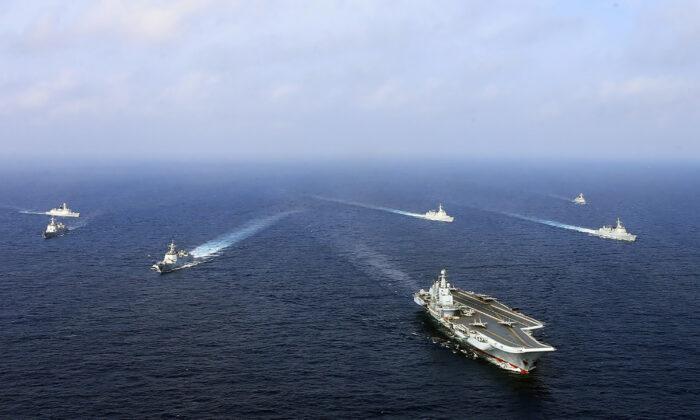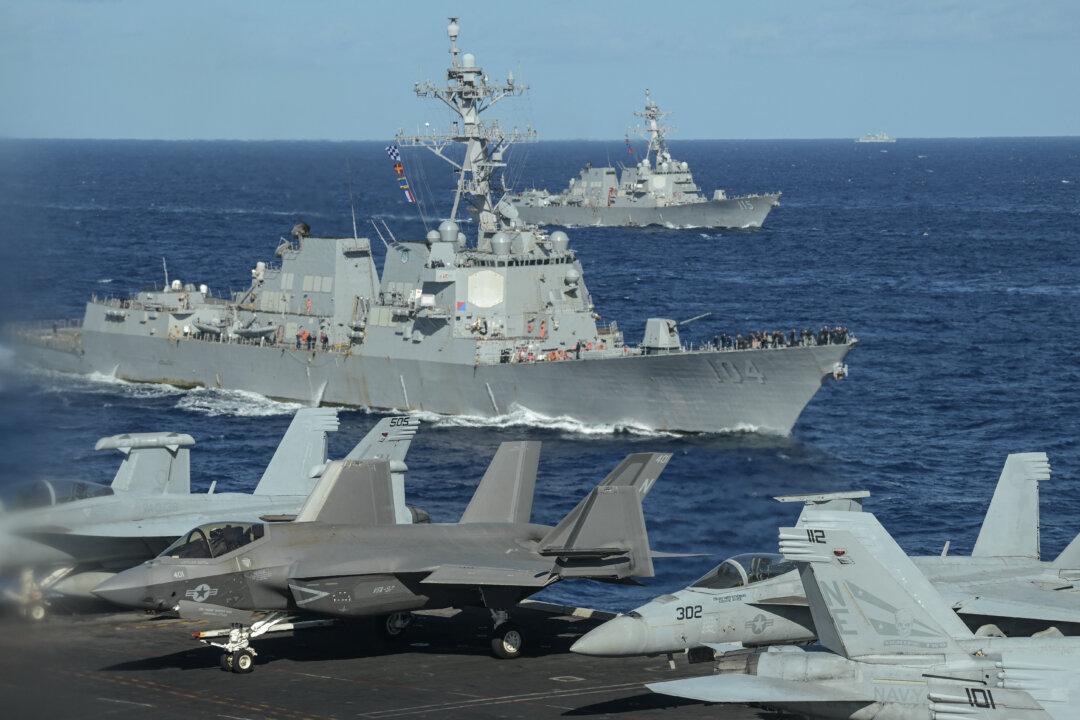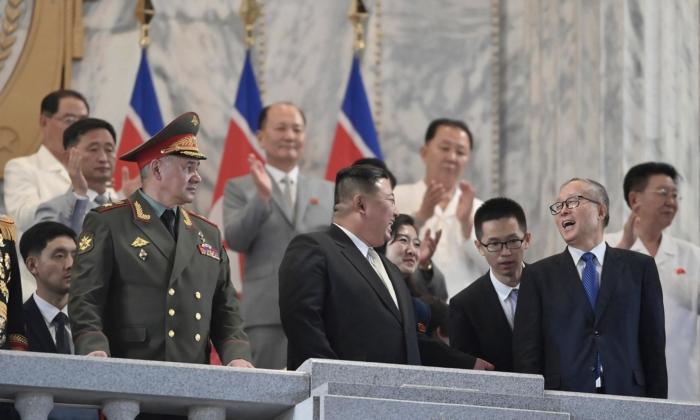Commentary
Naval strategist Alfred Thayer Mahan said that the rise and fall of world trade and empires depends on sea power. Consequently, China’s Maritime Silk Road initiative has been compared to the British Empire strategy of establishing colonies that served as a series of seaports, not only for trade, but also for naval defense and offense.
China’s naval strategy includes controlling trade choke points, like the Strait of Hormuz, the Strait of Bab el Mandeb, and the Strait of Malacca. The Strait of Bab el Mandeb runs between Yemen on the Arabian Peninsula, and Djibouti and Eritrea in the Horn of Africa. Consequently, it is no coincidence that China’s first overseas naval base was built in Djibouti.
As part of its quest to displace the United States as the world’s greatest maritime power, China has established a network of ports-of-call across the Indo-Pacific, by befriending small island nations in need of infrastructure investment. In the Pacific Islands Region (PIR), China has become a major player, offering aid programs, expanding trade and investments, making infrastructure loans, and proactively engaging in political-diplomacy.
The pandemic and the ensuing lockdowns have driven the Pacific Island nations into even worse economic conditions. As many of the nations are already heavily in debt, they find it difficult to borrow from global institutions or Western nations. Consequently, China now has an opportunity to increase its engagement with these nations, by becoming the lender in times of need.
Nations such as Vanuatu, the Cook Islands, and Fiji, unable to obtain loans from the Japan-backed Asian Development Bank (ADB), have accepted millions in loans from the China-backed Asian Infrastructure Investment Bank (AIIB). China now accounts for about 30 percent of the foreign debt of the Cook Islands. Before the pandemic, 39 percent of Vanuatu’s foreign debt was to China. Now, Vanuatu’s China debt has increased. Similarly, Export-Import Bank of China (EXIM China) now comprises 24 percent of Fiji’s foreign debt.
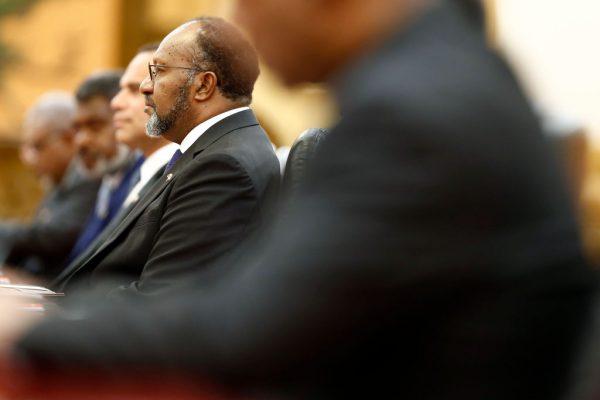
China is the only global power that has diplomatic missions in all six island nations in the Indian Ocean, including Sri Lanka, the Maldives, Mauritius, Seychelles, Madagascar, and Comoros; while the United States only maintains embassies in Sri Lanka, Mauritius, and Madagascar. Naval strategists believe the key to global power is control of the Indian Ocean. China now has its first port in the Indian Ocean—in the long-term this increases Beijing’s naval power potential, and in the short-term it allows Chinese trade to avoid the Strait of Malacca.
While Western countries have condemned the military coup which ousted the democratically-elected government of Aung San Suu Kyi, Beijing has expanded trade with the military junta that now controls Burma (also known as Myanmar). Through cooperation with the Burmese junta, the Chinese regime seeks to dominate the Indian Ocean, the very ocean which was, for centuries, the seat of British colonial power, through the Second World War. Since the armistice, the U.S. Navy and Indian Navy have patrolled the Indian Ocean. Now, China is also joining the game.
The China-Myanmar New Passage, Beijing’s sea-road-rail link to the Indian Ocean, has just become operational. The first shipment of goods sailed from Singapore, through the Andaman Sea, in the Indian Ocean, arriving at Yangon Port. The cargo then went by road to Lincang, on the Chinese side of the border, and then on to Chengdu in western China. This passage connects the logistics lines of Singapore, Burma, and China, saving 20 to 22 days of travel by other routes. The Chinese regime also plans to build a port in Kyaukphyu, Rakhine State, Burma, giving China access to the Bay of Bengal, and a connecting rail link directly to Yunnan. This plan has been on hold, however, because of the ongoing violence since the January coup in Burma.
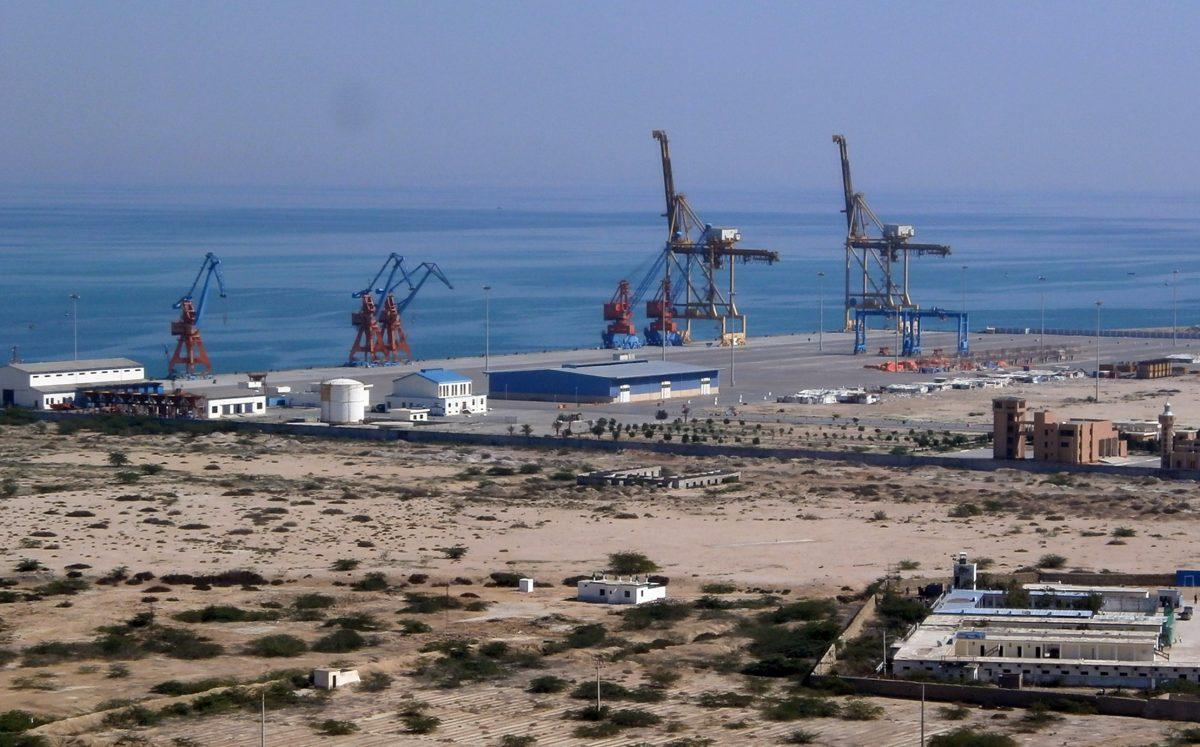
Rakhine State is where the Burmese military, the Tatmadaw, has carried out an ethnic cleansing campaign against ethnic Rohingya Muslims. The world community has condemned these atrocities. In spite of sanctions brought by Western powers, Beijing has continued to invest in the region, and defended the Burmese generals at the United Nations and other international bodies. It seems obtaining access to the Indian Ocean and to the Bay of Bengal is so crucial to the Chinese Communist Party’s (CCP) objectives of global military dominance that they are willing to ignore crimes against humanity.
Like Gwadar Port in Pakistan, which is part of China Pakistan Economic Corridor (CPEC), the purpose of the new sea route is to bypass the Malacca Strait. The costs are much lower, shipping along the Burma route, rather than the CPEC route. The CPEC route passes through Xinjiang. The China-Myanmar New Passage, on the other hand, goes directly to the trading city of Chengdu.
The rail link from Burma ends at the town of Lincang on the Chinese side, across from Chin Shwe Haw, a trade town in Burma. The CCP now plans to build a “border economic cooperation zone” in Chin Shwe Haw. This means more Chinese investment and more CCP loans to Burma, further solidifying the country as a client state. It also means that the Chinese regime will have continued and expanded access to the world’s oceans.
The 78th Secretary of the Navy, Carlos Del Toro, said at his confirmation hearing that he would be focusing exclusively on China and moving the U.S. maritime strategy forward, “to protect Taiwan and all of our national security interests in the Indo-Pacific theater.”
Views expressed in this article are opinions of the author and do not necessarily reflect the views of The Epoch Times.
